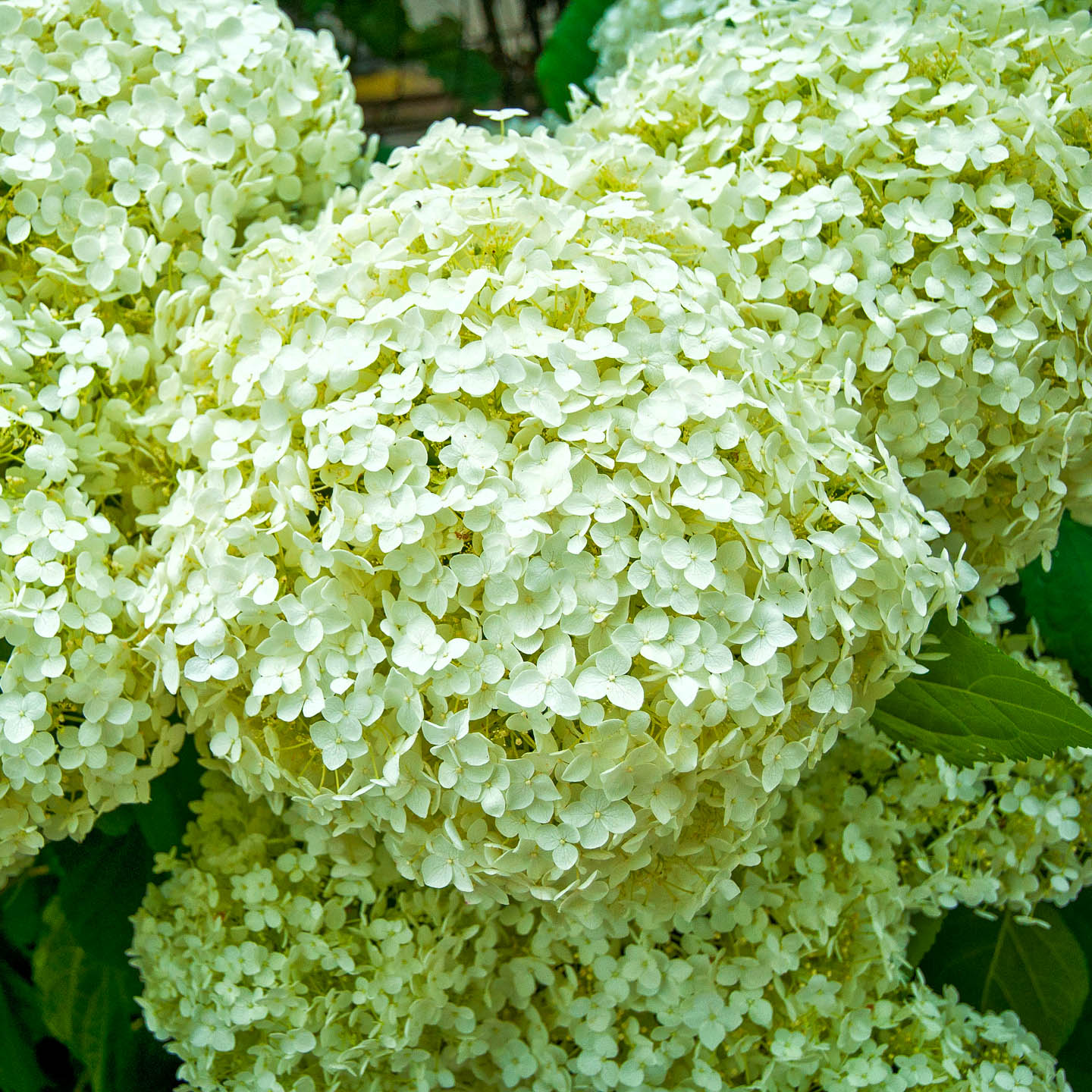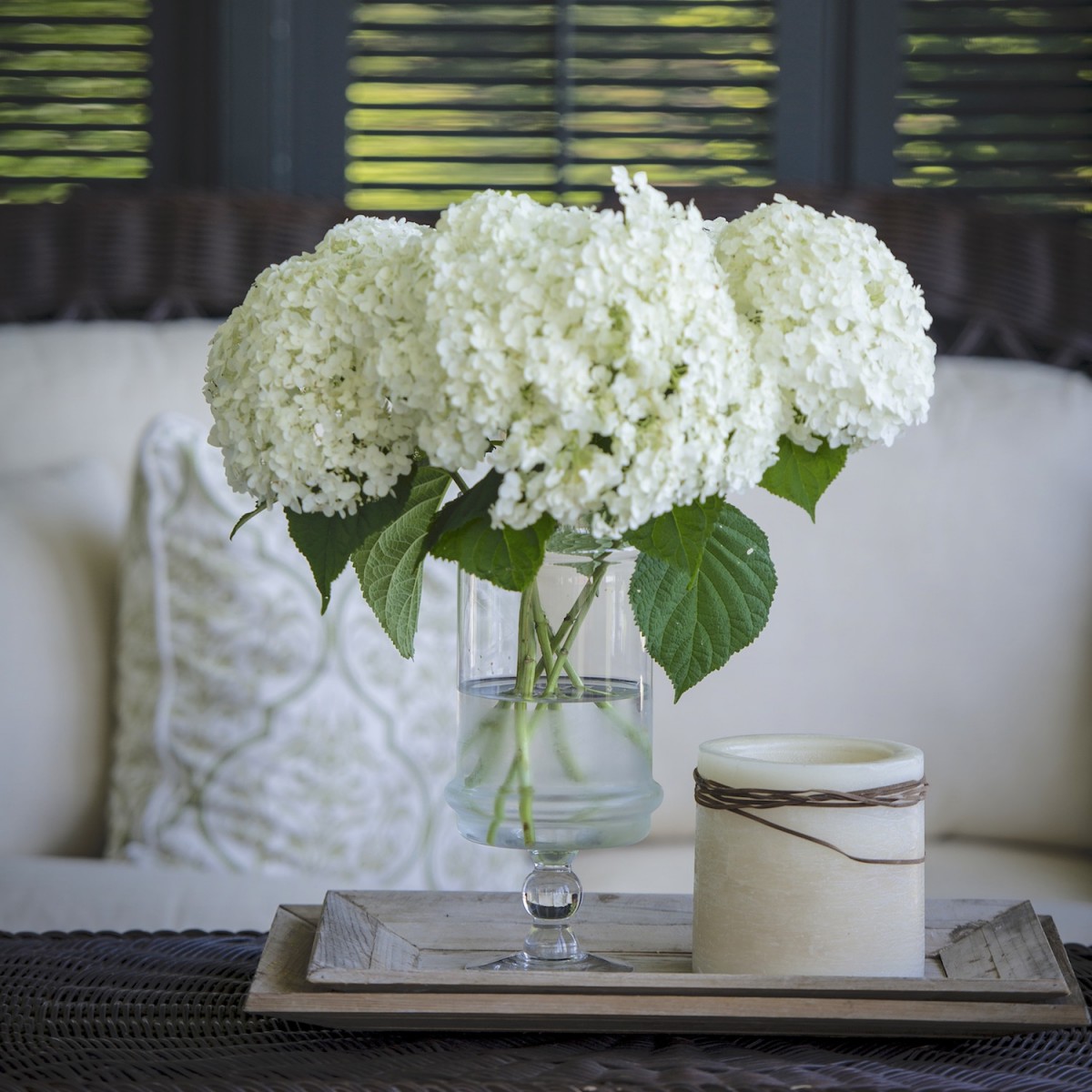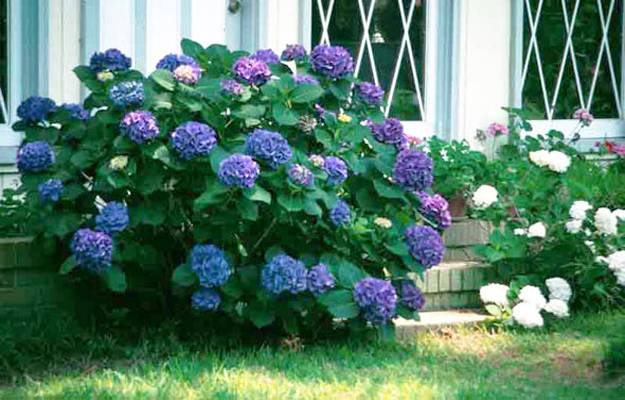What is a Hydrangea: Understanding the Basics
Hydrangeas are one of the most popular and recognizable flowers in the world, with a rich history dating back to ancient Asia. The name “hydrangea” comes from the Greek words “hydor,” meaning water, and “angos,” meaning jar, which refers to the flower’s unique shape and ability to hold water. With over 70 species and countless hybrids, hydrangeas have become a staple in gardening and floral arrangements, prized for their stunning beauty and versatility.
There are several types of hydrangeas, each with its own unique characteristics and growing conditions. Bigleaf hydrangeas (Hydrangea macrophylla) are one of the most common varieties, known for their large, round clusters of pink, blue, or white flowers. Panicle hydrangeas (Hydrangea paniculata) produce long, cone-shaped flowers that are often used in dried arrangements. Smooth hydrangeas (Hydrangea arborescens) have rounded clusters of white or pink flowers and are often used in landscaping.
For those looking to add a touch of elegance to their garden or home, hydrangeas are an excellent choice. With proper care and attention, these stunning flowers can thrive and provide beauty for years to come. Whether you’re a seasoned gardener or a beginner, understanding the basics of hydrangeas is essential for appreciating their unique charm. So, take a moment to appreciate the beauty of these incredible flowers – and who knows, you might just find yourself searching for a picture of a hydrangea to inspire your next gardening project!
How to Identify Hydrangea Varieties: A Visual Guide
With so many different types of hydrangeas available, it can be challenging to identify the specific variety you’re looking at. However, by paying attention to a few key characteristics, you can easily distinguish between different types of hydrangeas. One of the most obvious ways to identify a hydrangea variety is by its flower color. Bigleaf hydrangeas, for example, are known for their large, round clusters of pink, blue, or white flowers. Panicle hydrangeas, on the other hand, produce long, cone-shaped flowers that are often white or light green.
Another way to identify hydrangea varieties is by their leaf shape and size. Bigleaf hydrangeas have large, oval-shaped leaves that are typically 4-8 inches long. Panicle hydrangeas have smaller, more pointed leaves that are often 2-4 inches long. Smooth hydrangeas have rounded leaves that are typically 2-4 inches long.
In addition to flower color and leaf shape, the overall shape and size of the plant can also be used to identify hydrangea varieties. Bigleaf hydrangeas are typically compact and rounded, growing to be around 3-6 feet tall. Panicle hydrangeas are often taller and more upright, growing to be around 6-10 feet tall. Smooth hydrangeas are typically smaller and more compact, growing to be around 2-4 feet tall.
By paying attention to these characteristics, you can easily identify the specific variety of hydrangea you’re looking at. Whether you’re a seasoned gardener or just starting to learn about hydrangeas, being able to identify different varieties can help you appreciate their unique beauty and characteristics. So, take a moment to appreciate the beauty of these incredible flowers – and who knows, you might just find yourself searching for a picture of a hydrangea to inspire your next gardening project!
Here are some images of different hydrangea varieties to help you get started:



The Meaning Behind Hydrangea Flowers: Symbolism and Significance
Hydrangeas have been a popular choice for bouquets and arrangements for centuries, not only for their stunning beauty but also for the symbolism and meaning behind these flowers. In the language of flowers, hydrangeas are often associated with heartfelt emotions, devotion, and gratitude. They are also seen as a symbol of apology, making them a popular choice for “I’m sorry” bouquets.
In Japan, hydrangeas are a symbol of heartfelt emotions and are often used in traditional tea ceremonies. In the United States, they are often used in wedding bouquets and arrangements to represent devotion and loyalty. The blue variety of hydrangea is particularly popular for its association with trust and loyalty.
When it comes to giving hydrangeas as a gift, the color of the flower can convey a specific message. For example, blue hydrangeas are often given to express gratitude and appreciation, while pink hydrangeas are given to express love and admiration. White hydrangeas are often used in sympathy arrangements and are seen as a symbol of reverence and respect.
Hydrangeas are also often used in floral arrangements to add a touch of elegance and sophistication. Their large, showy flowers make them a popular choice for centerpieces and bouquets. Whether you’re looking to express your emotions, apologize to someone, or simply add a touch of beauty to your home, hydrangeas are a great choice.
If you’re looking for inspiration for your next bouquet or arrangement, consider searching for “show me a picture of a hydrangea” to get an idea of the different varieties and colors available. With their stunning beauty and rich symbolism, hydrangeas are sure to make a statement in any arrangement.
Hydrangea Care 101: Tips for Growing and Maintaining
Hydrangeas are a popular choice for gardens and floral arrangements, but they require proper care to thrive. With the right techniques and attention, you can enjoy beautiful blooms and a healthy plant. Here are some tips for growing and maintaining hydrangeas:
Soil Requirements: Hydrangeas prefer well-draining soil that is rich in organic matter. A slightly acidic to neutral soil pH (between 6.0 and 7.0) is ideal. If your soil is heavy clay or sandy, amend it with compost or well-rotted manure to improve its structure.
Watering Tips: Hydrangeas need consistent moisture, especially during the first year after planting. Water them deeply once or twice a week, depending on weather conditions. Avoid overwatering, which can lead to root rot and other problems. If you’re unsure when to water, search for “show me a picture of a hydrangea” to see how the leaves and flowers should look when the plant is well-watered.
Pruning Techniques: Pruning is essential for maintaining the shape and promoting blooms of your hydrangea. Remove dead or damaged stems in late winter or early spring, and cut back the plant to about one-third of its height. For Bigleaf hydrangeas, prune the stems to the first set of buds to encourage new growth and blooms.
Fertilization: Feed your hydrangea with a balanced fertilizer in early spring, following the manufacturer’s instructions. Avoid overfertilizing, which can damage the plant and the environment.
Pest and Disease Control: Keep an eye out for pests like aphids, whiteflies, and spider mites, and diseases like powdery mildew and leaf spot. Use organic or chemical controls as needed to prevent infestations and infections.
Mulching and Support: Mulch around the base of your hydrangea to retain moisture, suppress weeds, and regulate soil temperature. Provide support for tall varieties using stakes or trellises to prevent them from toppling over in the wind.
By following these care tips, you can enjoy beautiful and healthy hydrangeas in your garden or arrangements. Remember to monitor your plant’s specific needs and adjust your care routine accordingly. With proper care, your hydrangea will thrive and provide stunning blooms for years to come.
Using Hydrangeas in Floral Arrangements: Inspiration and Ideas
Hydrangeas are a popular choice for floral arrangements due to their stunning beauty and versatility. Whether you’re creating a bouquet for a special occasion or simply want to add some elegance to your home, hydrangeas are a great choice. Here are some tips and inspiration for incorporating hydrangeas into your own arrangements and bouquets:
Choose the Right Variety: With so many different types of hydrangeas to choose from, it can be hard to decide which one to use in your arrangement. Bigleaf hydrangeas are a popular choice for their large, showy flowers, while Panicle hydrangeas are great for adding a delicate, lacy texture to your arrangement. Smooth hydrangeas are a good choice for adding a pop of color and texture.
Consider the Color Scheme: Hydrangeas come in a range of colors, from soft pastels to bold and bright hues. Consider the color scheme of your arrangement and choose hydrangeas that complement or match it. For example, if you’re creating a bouquet for a wedding, you might choose white or pale pink hydrangeas to match the traditional wedding colors.
Add Some Greenery: Adding some greenery to your arrangement can help to add depth and texture. Consider adding some eucalyptus or ferns to your hydrangea arrangement for a beautiful and elegant look.
Experiment with Different Shapes and Sizes: Hydrangeas come in a range of shapes and sizes, from large and round to small and delicate. Experiment with different shapes and sizes to add visual interest to your arrangement.
Get Creative with Containers: The container you choose for your hydrangea arrangement can make a big difference in the overall look and feel. Consider using a unique or decorative container to add some personality to your arrangement.
If you’re looking for inspiration for your next hydrangea arrangement, try searching for “show me a picture of a hydrangea” to see some beautiful examples of hydrangea arrangements and bouquets. With their stunning beauty and versatility, hydrangeas are a great choice for any floral arrangement.
Some popular ways to use hydrangeas in floral arrangements include:
- Creating a beautiful bouquet for a special occasion
- Adding a pop of color and texture to a centerpiece or arrangement
- Using hydrangeas as a focal point in a larger arrangement
- Creating a stunning garland or swag for a special event
With a little creativity and inspiration, the possibilities are endless when it comes to using hydrangeas in floral arrangements.
Hydrangea-Inspired Home Decor: Bringing the Outdoors In
Hydrangeas are not only a beautiful addition to gardens and floral arrangements, but they can also be a great source of inspiration for home decor. The delicate colors and shapes of hydrangeas can be used to create a variety of decorative elements, from furniture and textiles to accessories and wall art.
Hydrangea-Inspired Furniture: Consider adding a hydrangea-inspired piece of furniture to your home, such as a hydrangea-print armchair or a coffee table with a hydrangea-shaped base. These unique pieces can add a touch of elegance and sophistication to any room.
Textiles and Fabrics: Hydrangea-inspired textiles and fabrics can be used to create a variety of decorative elements, such as throw pillows, blankets, and table runners. Look for fabrics with hydrangea prints or colors that evoke the delicate hues of hydrangea flowers.
Accessories and Decor: Add a touch of hydrangea charm to your home with hydrangea-inspired accessories and decor, such as vases, candle holders, and wall art. These decorative elements can be used to create a cohesive look and add a touch of elegance to any room.
Bringing the Outdoors In: One of the best ways to incorporate hydrangeas into your home decor is to bring the outdoors in. Consider adding a few potted hydrangeas to your home, or using hydrangea-inspired planters and vases to add a touch of greenery to your space.
If you’re looking for inspiration for your hydrangea-inspired home decor, try searching for “show me a picture of a hydrangea” to see some beautiful examples of hydrangea-inspired decor. With their delicate colors and shapes, hydrangeas can be a great source of inspiration for creating a beautiful and elegant home.
Some popular ways to incorporate hydrangeas into home decor include:
- Using hydrangea-inspired textiles and fabrics to create decorative elements
- Adding hydrangea-inspired furniture pieces to your home
- Creating a hydrangea-inspired centerpiece or arrangement
- Using hydrangea-inspired accessories and decor to add a touch of elegance to your space
With a little creativity and inspiration, you can bring the beauty of hydrangeas into your home and create a space that is both elegant and inviting.
Hydrangea Photography Tips: Capturing the Perfect Shot
Capturing the beauty of hydrangeas through photography can be a fun and rewarding experience. With their stunning flowers and delicate colors, hydrangeas make a great subject for photography. Here are some tips and tricks for capturing the perfect shot:
Lighting: Lighting is one of the most important factors in photography, and it’s especially important when capturing hydrangeas. Natural light is always the best option, so try to take your photos near a window or outside in the shade. Avoid using direct sunlight, as it can create harsh shadows and unflattering light.
Composition: Composition is key to creating a visually appealing photo. Consider using the rule of thirds to place your hydrangea in the frame, and experiment with different angles and perspectives to add interest to your photo.
Editing: Editing is an important step in the photography process, and it can make a big difference in the final result. Consider using photo editing software to adjust the brightness, contrast, and saturation of your photo, and to remove any blemishes or imperfections.
Experiment with Different Styles: Don’t be afraid to experiment with different styles and techniques when photograph
Conclusion: The Timeless Beauty of Hydrangeas
Hydrangeas are a timeless and versatile flower that can add beauty and elegance to any garden, arrangement, or home decor. With their stunning flowers, delicate colors, and rich symbolism, it’s no wonder why hydrangeas have been a popular choice for centuries.
Throughout this article, we’ve explored the different types of hydrangeas, including Bigleaf, Panicle, and Smooth, and discussed how to identify and care for these beautiful flowers. We’ve also delved into the symbolism and meaning behind hydrangea flowers, and showcased stunning images of hydrangea-based floral arrangements and home decor.
Whether you’re a seasoned gardener, a floral enthusiast, or simply someone who appreciates the beauty of nature, hydrangeas are sure to captivate and inspire. With their versatility and timeless beauty, hydrangeas are a great choice for anyone looking to add a touch of elegance and sophistication to their garden, arrangement, or home decor.
If you’re looking for more inspiration and ideas for using hydrangeas in your garden, arrangements, or home decor, try searching for “show me a picture of a hydrangea” to see some beautiful examples of hydrangea photography and decor.
In conclusion, hydrangeas are a truly special flower that can add beauty, elegance, and sophistication to any setting. With their rich symbolism, stunning flowers, and delicate colors, it’s no wonder why hydrangeas have been a popular choice for centuries. Whether you’re a seasoned gardener or simply someone who appreciates the beauty of nature, hydrangeas are sure to captivate and inspire.


/lacecap-hydrangea-big-edb9bb1447de41268c984b89f1303218.jpg)






